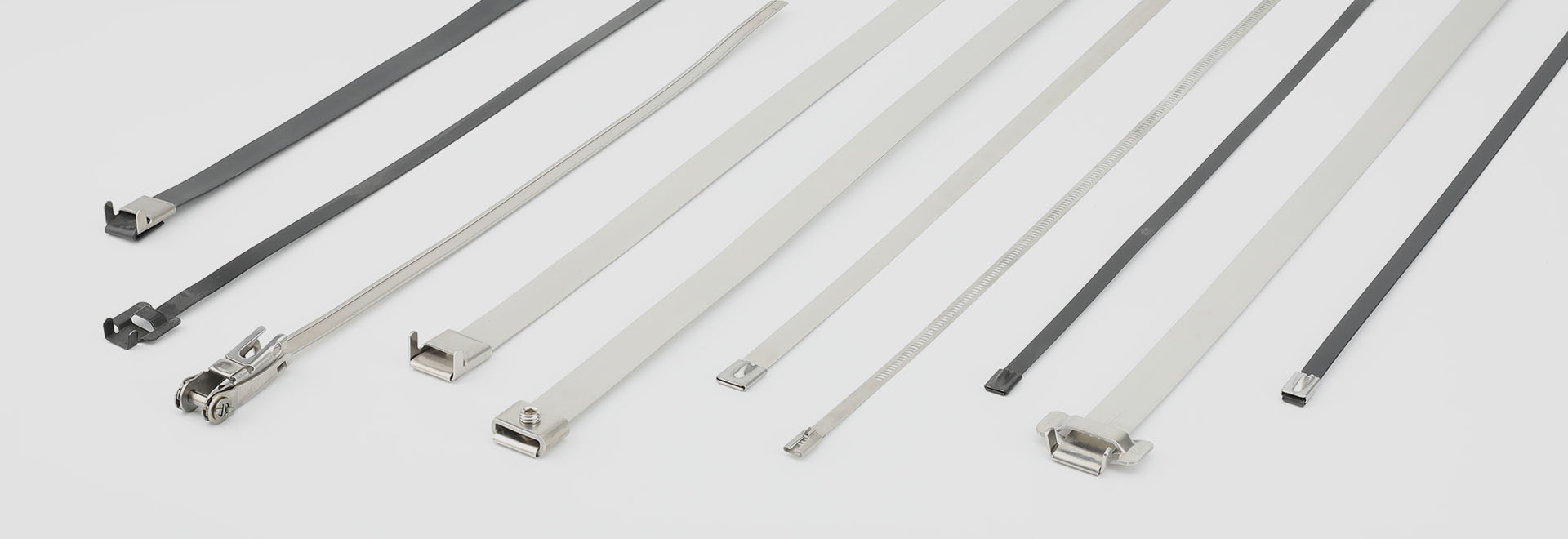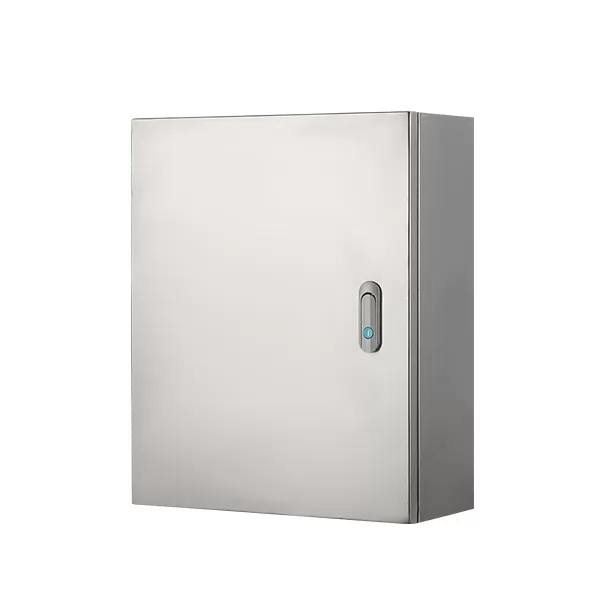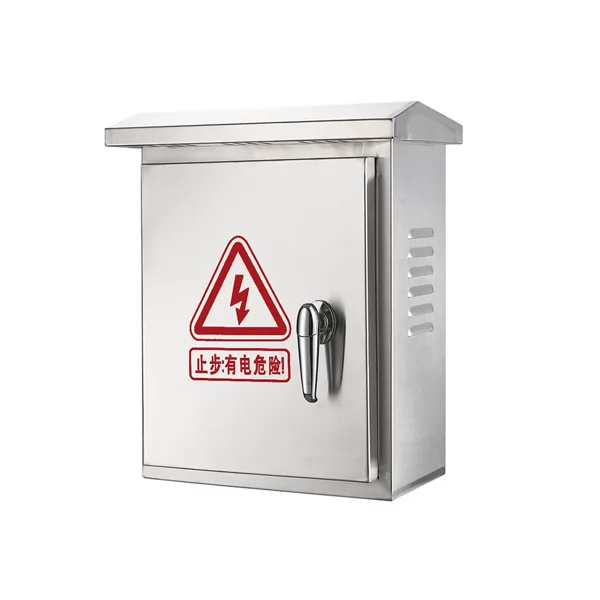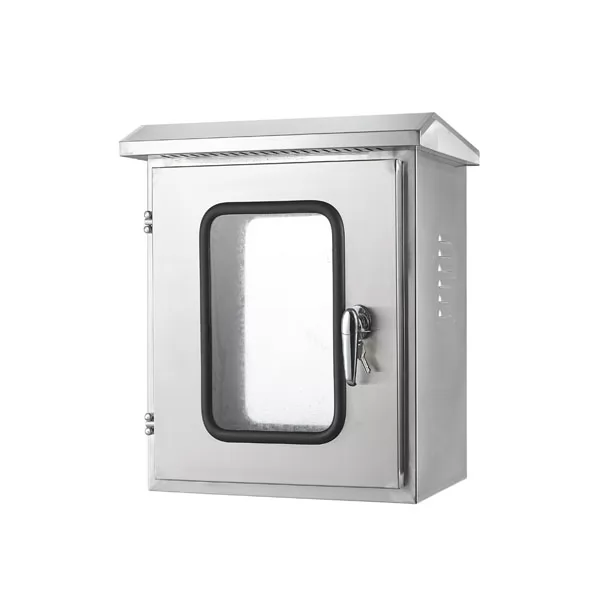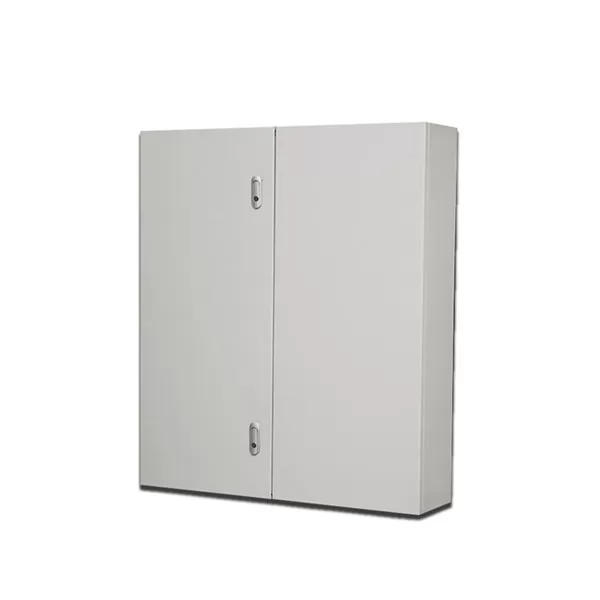plastic electrical Boxes
Secure the perfect fit for your project today! Reach out to LONYOU now for plastic electrical Boxes that offer unmatched protection, thermal performance, and compliance—all tailored to your exact needs.
In this expanded buying guide, you’ll discover the critical features that ensure mechanical integrity, heat management, and EMI shielding, compare stainless steel, aluminum, and polycarbonate enclosures in depth, decode IP, NEMA, and UL standards to guarantee compliance, and learn how to customize and install your enclosures for maximum reliability. Armed with this knowledge, you can confidently select plastic electrical Boxes that deliver long-term value, safety, and ROI.
1. Essential Features for plastic electrical Boxes
Identifying the right feature set is the first step to ensuring your enclosure withstands real-world challenges.
Impact Resistance in plastic electrical Boxes
Impact resistance protects internal components from accidental knocks and vibration, extending service life and reducing downtime. Manufacturers test enclosures against standardized IK ratings to quantify their ability to resist mechanical abuse.
Thermal Management in plastic electrical Boxes
Effective thermal design prevents overheating, which can degrade electronics and lead to failures. Consider:
Passive Heat Sinks: Integrated fins that dissipate heat without power
Ventilation Louvers: Allow airflow while maintaining IP protection
Active Cooling Modules: Fan or air-conditioner mounts for high-power equipment
EMI Shielding in plastic electrical Boxes
Shielding blocks unwanted electromagnetic interference to preserve signal integrity and meet regulatory limits. Typical approaches include conductive gaskets, metal linings, and coatings of copper or nickel inks.
2. Material Comparison for plastic electrical Boxes
Your choice of material impacts strength, weight, corrosion resistance, and cost.
Stainless Steel plastic electrical Boxes
Stainless steel (grades 304 and 316) offers exceptional corrosion resistance and mechanical strength, ideal for marine or chemical environments. While pricier, they often reduce lifecycle costs by minimizing replacements.
Aluminum plastic electrical Boxes
Aluminum provides an excellent strength-to-weight ratio, natural EMI shielding, and good corrosion resistance when anodized. It’s easier to machine, making custom cutouts and finishes more cost-effective.
Polycarbonate plastic electrical Boxes
Polycarbonate is non-conductive, lightweight, and offers high impact resistance, along with UV stability for outdoor use. Transparent options facilitate visual inspections without opening the enclosure.
3. Compliance and Certification for plastic electrical Boxes
Ensuring your enclosure meets global standards avoids fines, enhances safety, and simplifies approvals.
IP Ratings for plastic electrical Boxes
First Digit (0–6): Solid ingress protection (e.g., 6 = dust tight)
Second Digit (0–9K): Liquid ingress protection (e.g., 6 = strong water jets)
Choosing a rating one level above your environment guards against seal degradation over time.
NEMA and UL Standards for plastic electrical Boxes
NEMA Types: Define performance under dust, water, corrosion, and hazardous locations (e.g., Type 4X for corrosion resistance)
UL Listings: UL 50/50E and UL 508A verify enclosures through third-party testing for safety and fire resistance .
4. Customization and Installation of plastic electrical Boxes
Tailoring enclosures and installing them correctly ensures they perform as intended.
Custom Cutouts and Accessories for plastic electrical Boxes
Standard features like knock-outs, window panels, and DIN-rail mounts save field modifications. Planning cutouts at the factory stage reduces lead time and labor costs onsite.
Installation Best Practices for plastic electrical Boxes
Gasket Compression: Use uniform torque on fasteners to maintain seals;uneven torque causes leaks
Surface Alignment: Mount on level, rigid structures to avoid body twist and door misalignment
Cable Entry: Employ properly rated cable glands or conduit connectors to preserve IP/NEMA ratings
Conclusion
Selecting the right plastic electrical Boxes hinges on understanding mechanical protection, thermal control, EMI shielding, and material trade-offs, while adhering to IP, NEMA, and UL standards. By customizing cutouts and following installation best practices, you ensure reliable, safe, and cost-effective solutions for any industrial requirement.
❓ Frequently Asked Questions
What IP rating is needed for outdoor plastic electrical Boxes?
Aim for IP65 or above to guard against dust and water jets .
Are aluminum enclosures sufficient in marine environments?
Only if anodized or coated for enhanced corrosion resistance;otherwise, opt for 316 stainless steel.
How do I verify a UL-listed enclosure?
Look for the UL mark and the standard designation (e.g., UL 50E) on the enclosure label.
Can I add ventilation after installation?
Yes—install filtered vents or fan modules, but retest ingress protection ratings afterward.
What torque should I apply to enclosure fasteners?
Follow manufacturer specs, typically 3–5 Nm for small enclosures;consult gasket guidelines to avoid over-compression.
More Related Articles:

